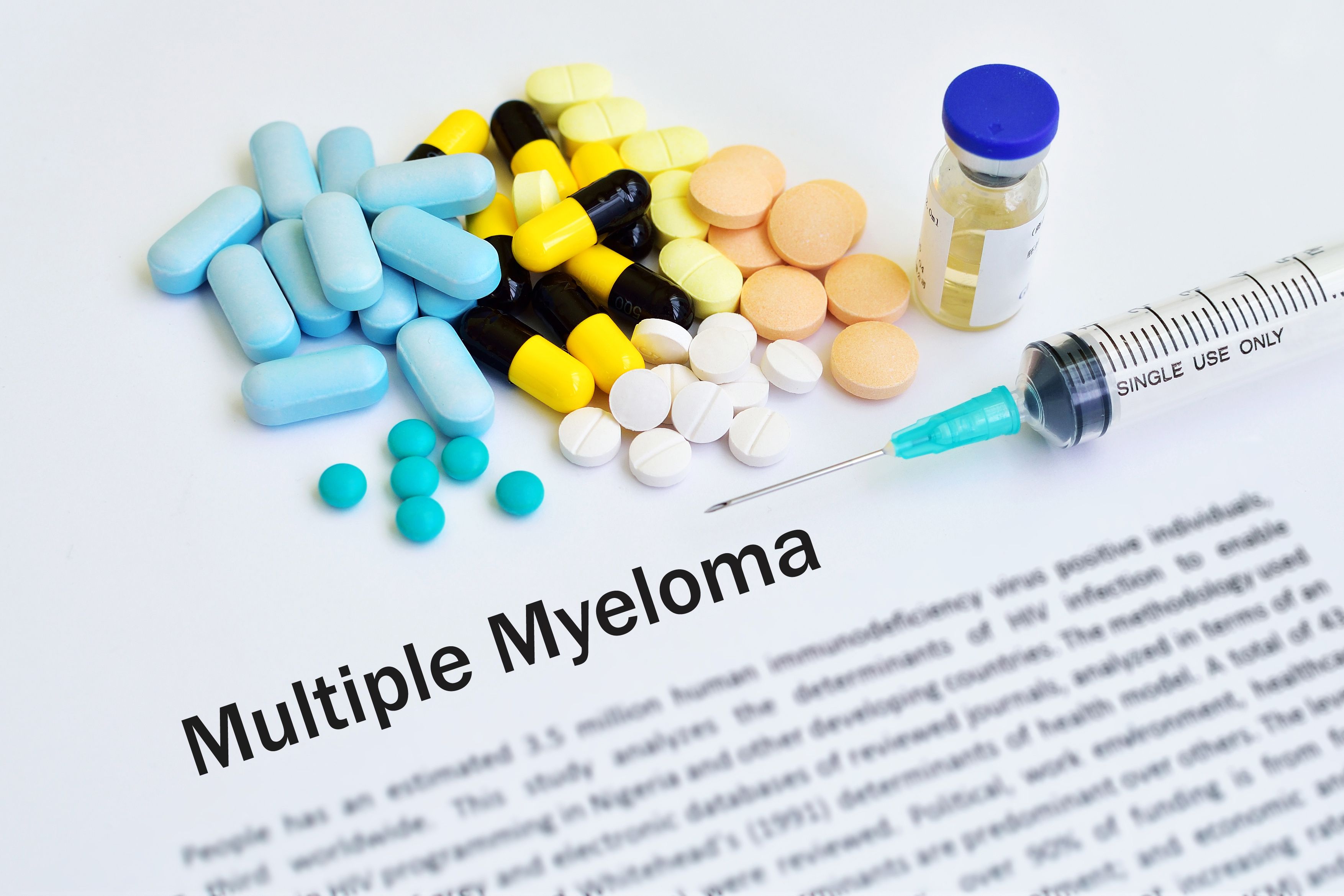News
Article
Survival for Patients With Blood Cancers May Depend on Social Factors
Author(s):
Survival outcomes and disparities for patients with blood cancers may depend on factors including insurance coverage, economic status and marital status.
Health insurance — among other factors — can play a role in the survival of patients with blood cancer, recent research showed.

Factors including insurance coverage, economic status and marital status can affect survival outcomes and health disparities for patients with blood cancers, according to findings presented at the 2023 Society of Hematologic Oncology (SOHO) Annual Meeting.
Researchers analyzed survival outcomes and health disparities in patients with blood cancers based on five factors: lack of access to health insurance, treatment at a non-academic facility, low income, low education level and unmarried status. The researchers then compared several subgroups of patients with blood cancers with the overall population and found that there were improvements for survival, but health disparities were growing.
In a population of 57 patients, the outcomes evaluated in the included studies were overall survival (period from diagnosis or treatment where patients are still alive), early mortality, cancer-specific survival (period from treatment initiation to patient death from cancer), progression-free survival (period during and after treatment of cancer when the disease does not worsen) and disease-free survival (period after the end of cancer treatment when a patient survives without signs of that cancer).
Several types of blood cancers were included in the review of 24,353 patients, including Hodgkin lymphoma, non-Hodgkin lymphoma and Burkitt lymphoma; multiple myeloma and polymyositis; acute myeloid leukemia, acute lymphocytic leukemia and myelodysplastic syndrome; and chronic myeloid leukemia and chronic lymphocytic leukemia.
Results demonstrated that insurance status was significantly associated with survival, with similar findings regarding facility type. Researchers also found that provider expertise and marital status both played a significant role in survival as well.
When assessing the impact of economic stability and education, income had a significant association with survival outcomes. Similar findings were reported concerning high school education. Employment and ninth grade education were not significantly associated with survival. Poverty was considered insignificant when all factors were analyzed together vs. not significant in 50% of patients.
“When we compare those (survival) curves with the overall population of the United States, we can see that those improvements have not reached everybody,” Marisol Miranda-Galvis, research project manager at Georgia Cancer Center, said during a SOHO presentation on the analysis. “There are obvious reasons that could explain those differences, but our interest is to identify what those actions are that clinicians could implement in clinical practice, regardless of limitations, that could help to close that gap.”
Investigators defined social determinants of health (SDH) as a “set of non-biologic factors that shape the environment of daily life that influence health outcomes.” Such factors included access and quality of education, access and quality of health care, social and community context, economic stability and neighborhood/built environment. The goal of the analysis was to identify the SDH that have been assessed with regard to their impact on outcomes and determine which SDH were linked with worse treatment-related outcomes.
SDH that were evaluated were health care access (53.%), including insurance status (47.1%) and facility type (28.5%); economic stability (25.0%), including income (81.8%) and poverty (12.1%); education access (14.4%), including high school education (94.7%); and social context (7%), including marital status (100%).
Several economic stability and education factors in 33 and 19 patients, respectively, were also associated with a survival disadvantage, including having a lower income and education level. The impact of poverty rate appeared inconclusive, while no significant correlations were observed from unemployment rate and ninth grade education level.
When looking specifically at health care access in 70 patients and social context in 10 patients, Miranda-Galvis shared several key takeaways.
“In terms of health care access, this domain was evaluating insurance status; those with Medicaid, Medicare and who were uninsured had lower survival rates compared with those with private or military health coverage,” she said. “In terms of facility type where the patients were treated, those who didn’t receive treatment at an academic institution or research institution presented with a (worse) mortality compared with those who received treatment at community, comprehensive or integrated cancer centers.”
For more news on cancer updates, research and education, don’t forget to subscribe to CURE®’s newsletters here.
2 Commerce Drive
Cranbury, NJ 08512
All rights reserved.




